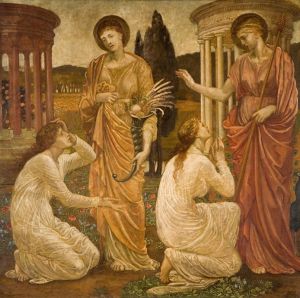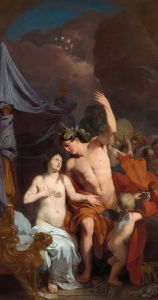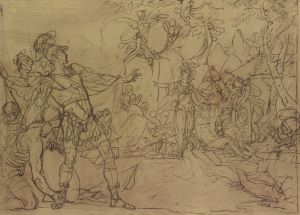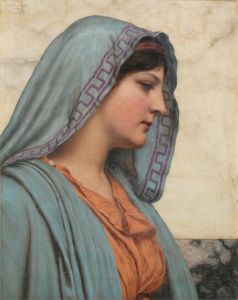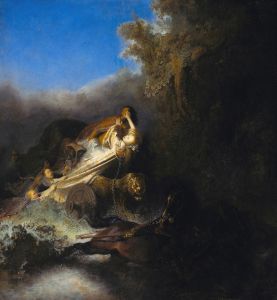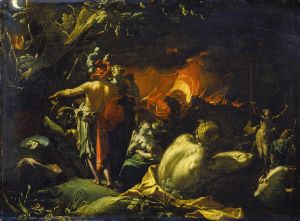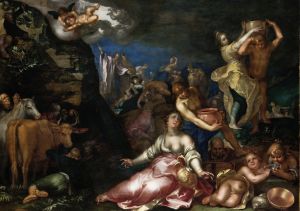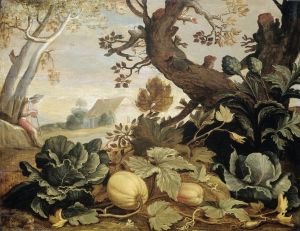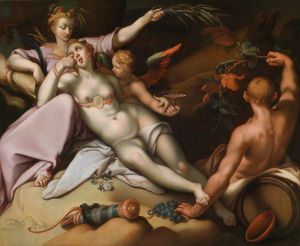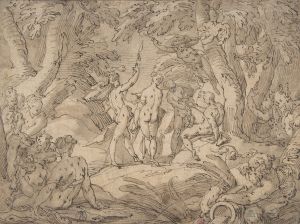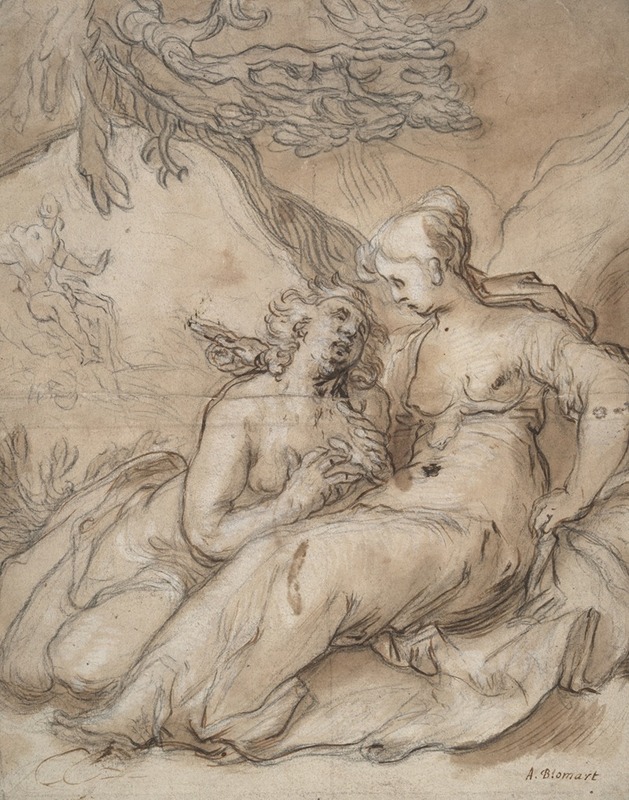
Ceres and Proserpina
A hand-painted replica of Abraham Bloemaert’s masterpiece Ceres and Proserpina, meticulously crafted by professional artists to capture the true essence of the original. Each piece is created with museum-quality canvas and rare mineral pigments, carefully painted by experienced artists with delicate brushstrokes and rich, layered colors to perfectly recreate the texture of the original artwork. Unlike machine-printed reproductions, this hand-painted version brings the painting to life, infused with the artist’s emotions and skill in every stroke. Whether for personal collection or home decoration, it instantly elevates the artistic atmosphere of any space.
Abraham Bloemaert's painting Ceres and Proserpina is a work by the Dutch artist, who was a prominent figure of the late Mannerist and early Baroque periods. Bloemaert, born in 1566 and active until his death in 1651, was known for his versatility in both subject matter and technique, producing religious, mythological, and genre scenes, as well as landscapes. His works often reflect the transition from the elaborate style of Mannerism to the more naturalistic approach of the Baroque.
Ceres and Proserpina depicts a scene from Roman mythology, specifically the story of the goddess Ceres (the Roman equivalent of the Greek Demeter) and her daughter Proserpina (Persephone in Greek mythology). According to the myth, Proserpina was abducted by Pluto (Hades), the god of the underworld, which led to Ceres's grief and the subsequent creation of the seasons. This mythological theme was a popular subject in European art during the Renaissance and Baroque periods, as it allowed artists to explore themes of nature, emotion, and the divine.
The painting is characterized by Bloemaert's skillful use of color, light, and composition. His training in both Mannerist and naturalistic styles is evident in the dynamic poses of the figures and the detailed rendering of their surroundings. The work likely reflects the influence of Italian art, as Bloemaert had studied the works of Italian masters and incorporated their techniques into his own practice.
The exact date of the painting's creation is not definitively known, but it is consistent with Bloemaert's mature period, during which he produced many mythological and allegorical works. The painting is notable for its rich symbolism, with elements such as flowers, fruits, and the landscape contributing to the narrative of fertility, loss, and renewal associated with the myth of Ceres and Proserpina.
As of now, the painting is held in a museum or private collection, though specific details about its current location or provenance are not widely documented. Bloemaert's works are highly regarded for their technical excellence and their role in bridging the stylistic gap between Mannerism and the Baroque, and Ceres and Proserpina is a fine example of his mythological oeuvre.





